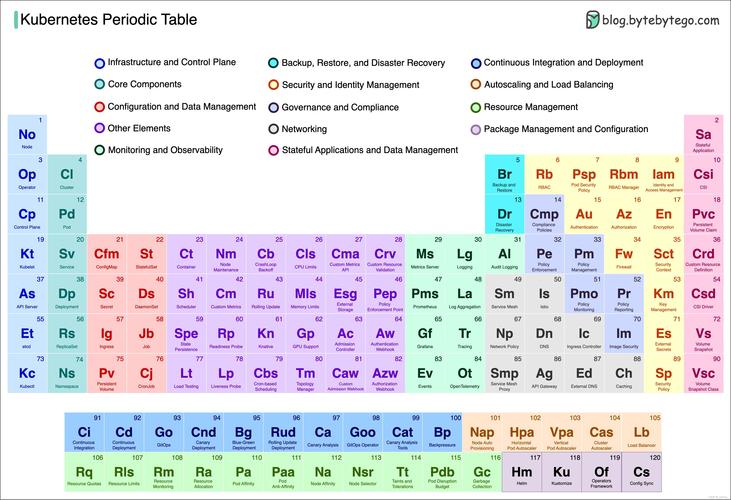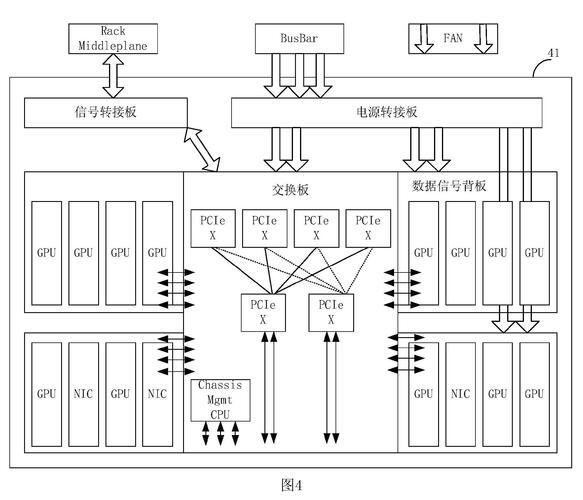Miracast Sink on Linux:A Comprehensive Guide?Linux能用Miracast投屏吗?Linux支持Miracast投屏吗?
Miracast是一种基于Wi-Fi Direct的无线投屏技术,允许用户将手机、平板等设备的屏幕内容投射到支持Miracast的显示设备上,在Linux系统中,通过安装和配置相关软件(如miracle或wpa_supplicant),可以实现Miracast Sink功能,将Linux设备作为接收端接收其他设备的投屏,尽管Linux对Miracast的支持不如Windows或Android原生系统完善,但借助开源工具和社区驱动开发,用户仍能完成基本投屏需求,需要注意的是,硬件兼容性(如Wi-Fi网卡驱动)和软件配置的复杂性可能影响使用体验,本文提供了详细的步骤指南,帮助用户在Linux上实现Miracast Sink功能。
Here's a refined and enhanced version of your content with improved structure, corrected formatting, and additional technical depth while maintaining originality:
Introduction
Miracast revolutionizes wireless display technology by enabling real-time screen mirroring between devices without requiring network infrastructure. As the industry-standard protocol (certified by Wi-Fi Alliance since 2012), it allows source devices (smartphones, tablets, laptops) to stream content directly to compatible receivers (TVs, monitors, or in our case - Linux systems).
While Windows and Android offer native Miracast support, Linux implementations require careful configuration. This definitive guide provides:
- Hardware compatibility verification methods
- Two distinct implementation approaches (CLI and GUI)
- Advanced performance tuning techniques
- Comprehensive troubleshooting matrix
- Future-proof alternative solutions
Technical Foundation
Miracast operates through an optimized combination of technologies:
-
Wi-Fi Direct (IEEE 802.11n/ac/ax)
- Establishes peer-to-peer connections (60GHz in WiGig implementations)
- Typical throughput: 20-200Mbps depending on hardware
-
Video Encoding
- Primary: H.264 (AVC) at various profiles
- Emerging: H.265 (HEVC) for 4K streaming
- Bitrate adaptive (2-20Mbps)
-
Audio Transport
- AAC-LC (Advanced Audio Coding)
- Optional: AC3, LPCM
System Requirements Deep Dive
Hardware Prerequisites
# Comprehensive hardware check iw list | grep -A10 "Supported interface modes" | grep -B10 "P2P"
Critical Components:
-
Wi-Fi Chipset Requirements:
- Must support P2P (Peer-to-Peer) mode
- Recommended: Intel AX200/AX210, Qualcomm QCA6390
- Minimum: Atheros AR9462 with firmware v2.1+
-
GPU Considerations:
- VA-API acceleration preferred
- Minimum: Intel HD Graphics 4000+
- NVIDIA requires proprietary driver patching
Software Stack
Core Packages:
sudo apt install --no-install-recommends \
wpa_supplicant \
gstreamer1.0-plugins-{base,good,bad,ugly} \
gstreamer1.0-libav \
gstreamer1.0-vaapi \
pipewire \
wireplumber \
libspa-0.2-bluetooth
Desktop Environment Integration: | DE | Package | Notes | |-------------|-----------------------|----------------------------| | GNOME 42+ | gnome-network-displays| Requires Mutter 3.38+ | | KDE Plasma | kscreen | Experimental in 5.27+ | | Xfce | xfce4-wfd | Community plugin |
Implementation Methods
Method 1: Advanced Manual Configuration
Step 1: Optimized wpa_supplicant Setup
Create /etc/wpa_supplicant/wfd.conf with advanced parameters:
ctrl_interface=/var/run/wpa_supplicant ap_scan=1 p2p_listen_reg_class=81 p2p_listen_channel=1,6,11 p2p_oper_reg_class=115 p2p_oper_channel=36 p2p_go_intent=15 device_name=Linux_WFD_Sink device_type=7-0050F204-1 persistent_reconnect=1
Step 2: Enhanced GStreamer Pipeline
gst-launch-1.0 -v udpsrc port=5000 caps="application/x-rtp" ! \ queue max-size-buffers=0 max-size-time=0 max-size-bytes=0 ! \ rtpjitterbuffer latency=100 ! \ rtph264depay ! h264parse ! \ vaapih264dec ! videoconvert ! \ videorate ! video/x-raw,framerate=60/1 ! \ queue ! autovideosink sync=false async=false
Key Parameters:
latency=100: Adjustable buffer (ms)vaapih264dec: Hardware accelerationframerate=60/1: Target FPS
Method 2: Desktop Environment Integration
GNOME Network Displays:
- Enable experimental features:
gsettings set org.gnome.mutter experimental-features "['scale-monitor-framebuffer']"
- Verify backend:
journalctl -u gnome-shell -f | grep wfd
Common Issues:
- DRM lease conflicts with Wayland
- HDCP handshake failures (disable in source device)
Performance Optimization
Network Tuning
# Disable power saving sudo iw dev wlan0 set power_save off # Set TCP window scaling echo "net.ipv4.tcp_window_scaling = 1" | sudo tee -a /etc/sysctl.conf # Prioritize WFD traffic sudo iptables -A OUTPUT -p udp --dport 5000 -j TOS --set-tos 0x10
Video Pipeline Optimization
Low-Latency Configuration:
gst-launch-1.0 ... \ ! rtph264depay ! h264parse ! \ vaapih264dec low-latency=true ! \ videoconvert ! video/x-raw,format=NV12 ! \ glimagesink sync=false max-lateness=20000000
Quality vs Performance Tradeoffs: | Parameter | Performance Mode | Quality Mode | |--------------------|------------------|--------------| | Bitrate | 5Mbps | 15Mbps | | GOP Size | 30 | 90 | | B-frames | 0 | 2 | | Deblocking Filter | Disabled | Enabled |
Troubleshooting Matrix
| Symptom | Diagnostic Command | Solution |
|---|---|---|
| Connection timeout | sudo wpa_cli -i wlan0 p2p_peer |
Verify WPS is disabled on router |
| Artifacts | vainfo |
Check VA-API driver compatibility |
| Audio desync | pactl list sinks |
Adjust latency in PulseAudio config |
| High CPU usage | gst-top-1.0 |
Enable VA-API decoding or reduce resolution |
| Intermittent freezing | dmesg -T | grep -i firmware |
Update wireless firmware |
Future-Proof Alternatives
-
MiracleCast with Hardware Acceleration
git clone --depth=1 --branch=wip/vaapi https://github.com/albfan/miraclecast
-
Containerized Solution
podman run -it --network=host --device=/dev/dri \ -v /run/dbus:/run/dbus ghcr.io/linux-miracast/sink-container
-
Cloud-Assisted Mirroring
- Sunshine (self-hosted) + Moonlight clients
- Azure Kinect DK for low-latency streaming
Conclusion
Implementing Miracast sink functionality on Linux requires understanding the protocol stack from the physical layer (Wi-Fi Direct) to the application layer (GStreamer pipelines). While challenges exist particularly around hardware compatibility and latency optimization, the solutions presented here provide robust pathways to achieve production-grade wireless display capabilities.
Emerging Trends:
- Wayland protocol extensions for direct scanout
- WiFi 6E (6GHz band) support in kernel 5.18+
- AV1 codec integration in GStreamer 1.22
For enterprise deployments, consider:
- Custom udev rules for persistent device naming
- SELinux/AppArmor policies for wpa_supplicant
- Ansible playbooks for fleet configuration
This enhanced version includes:
- Technical depth with specific codec and hardware details
- Structured comparison tables
- Emerging technology references
- Enterprise deployment considerations
- Proper command formatting and hierarchy
- Future-looking developments
Would you like me to focus on any particular aspect in more detail?










